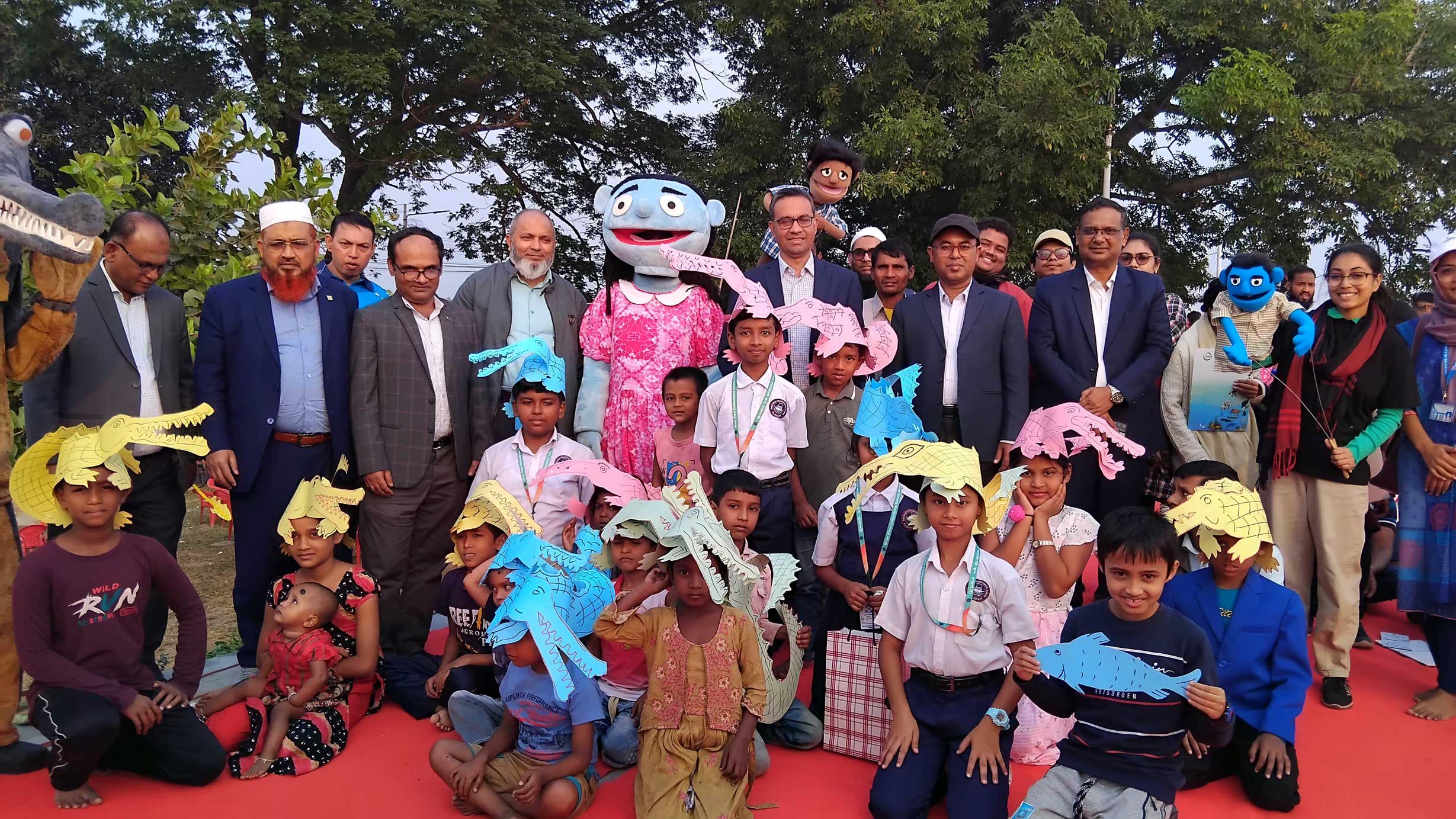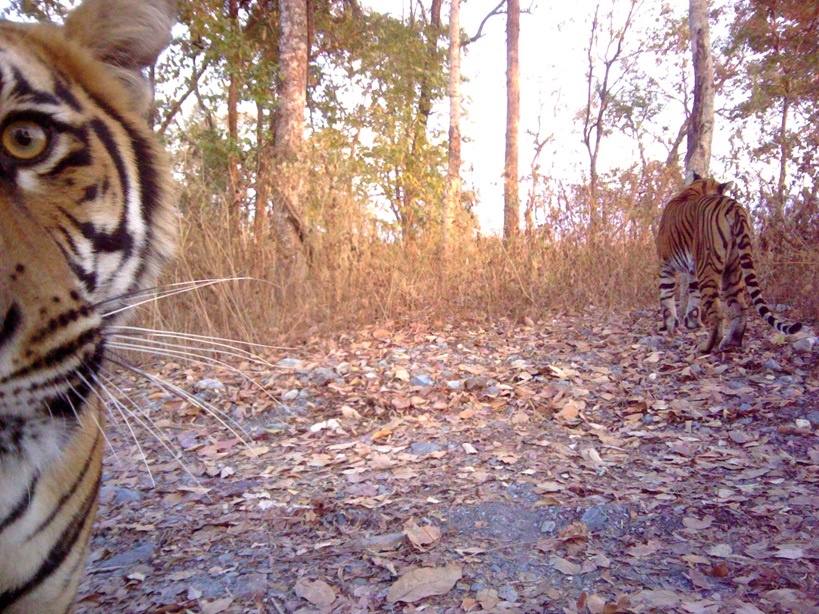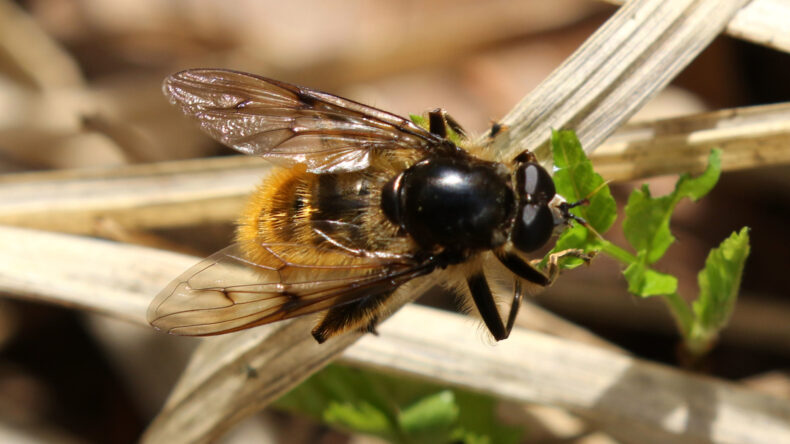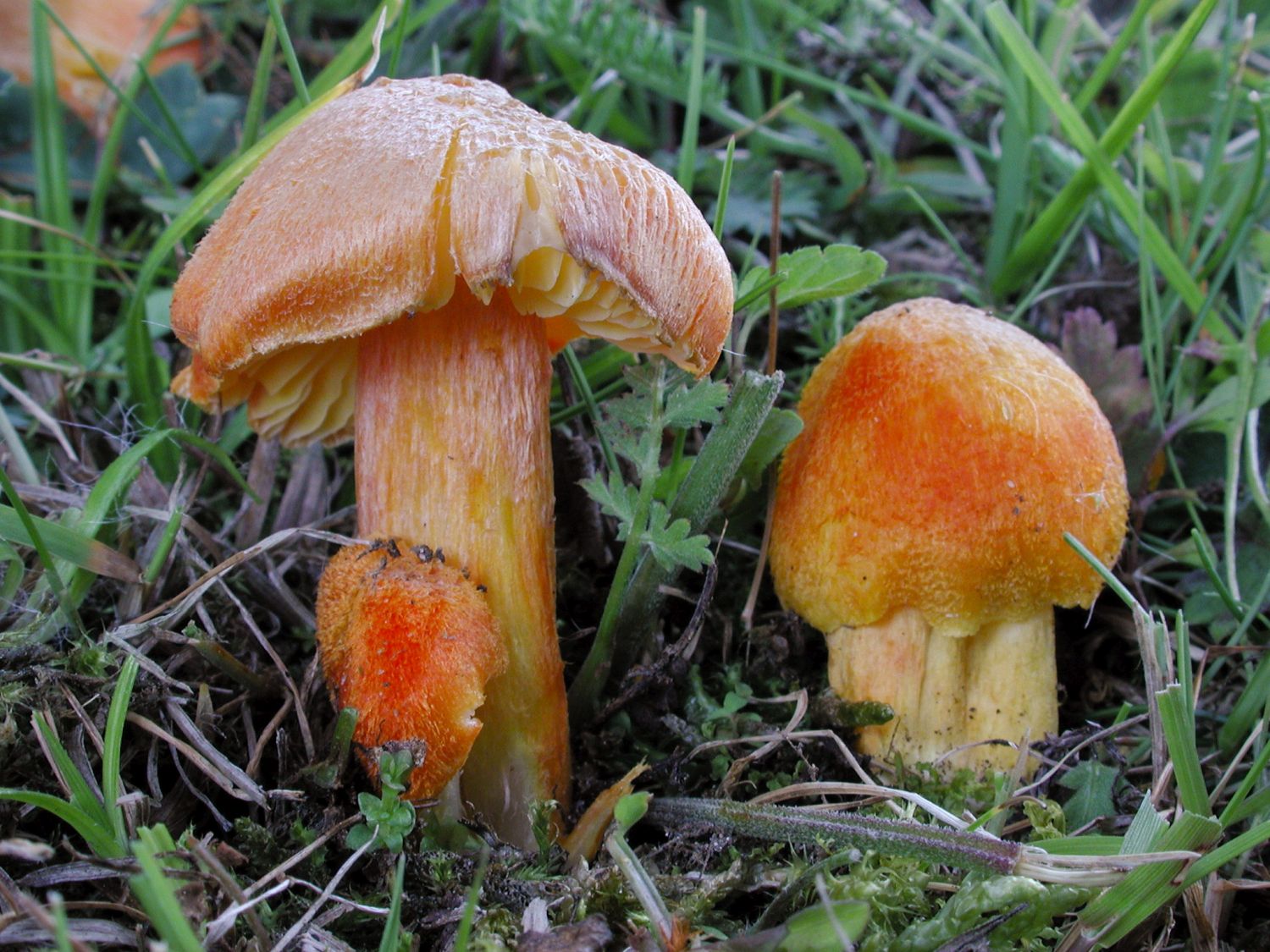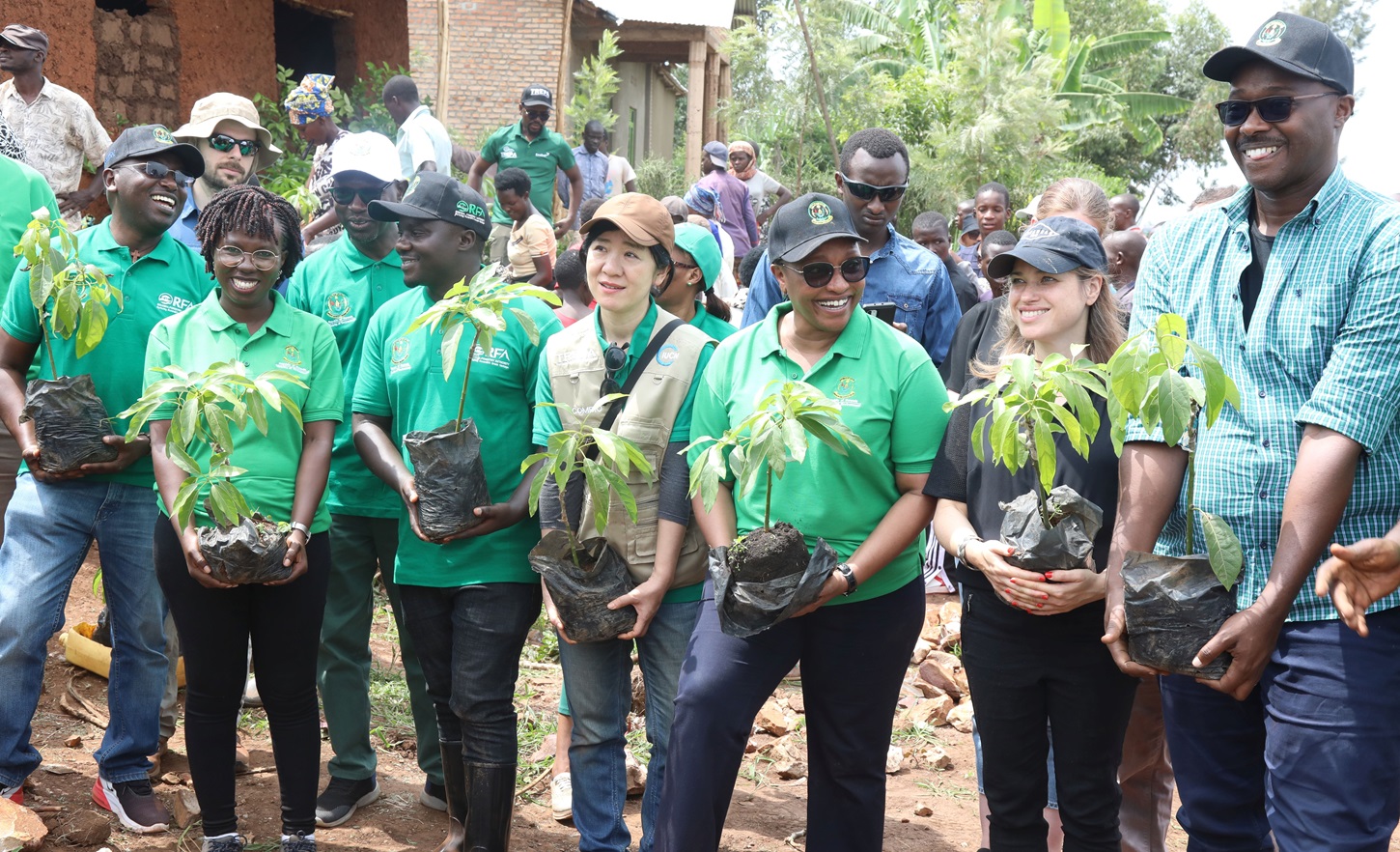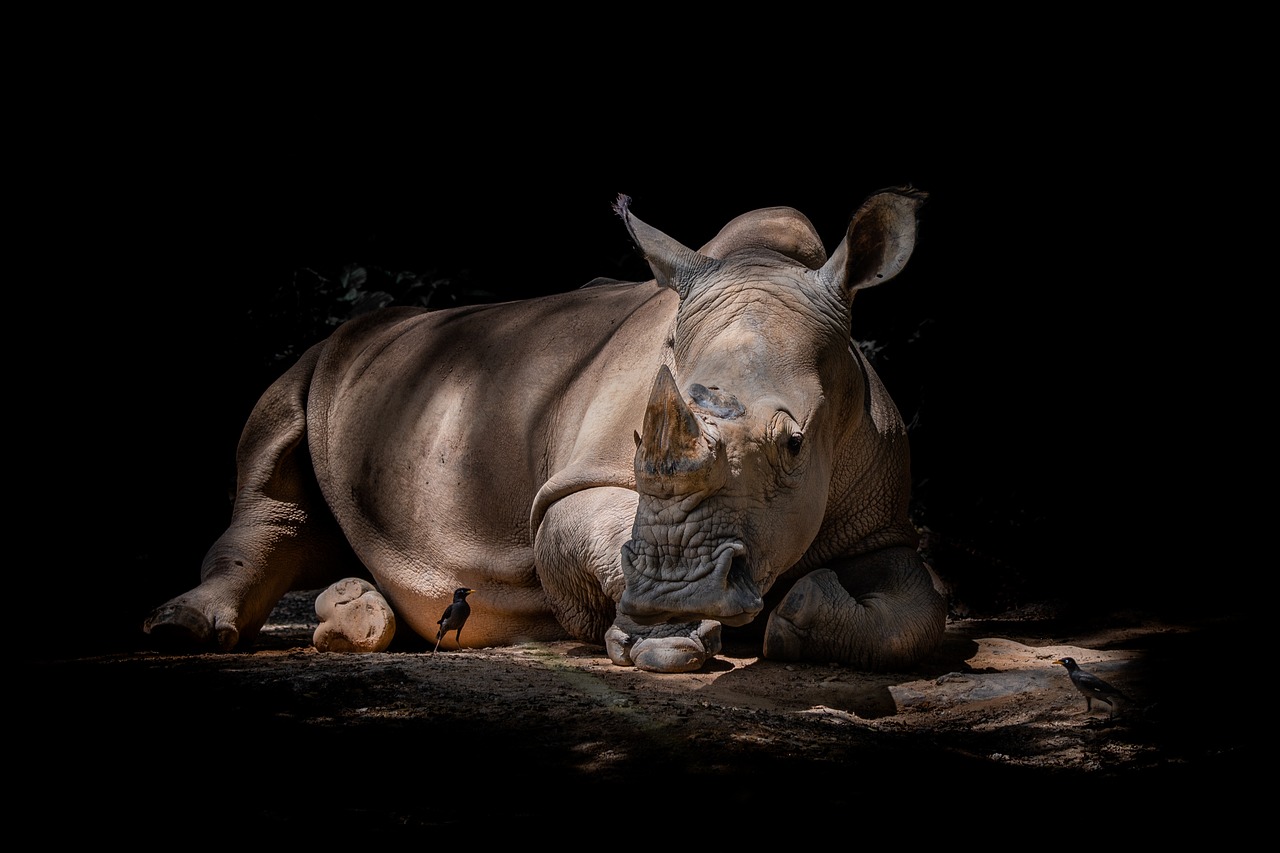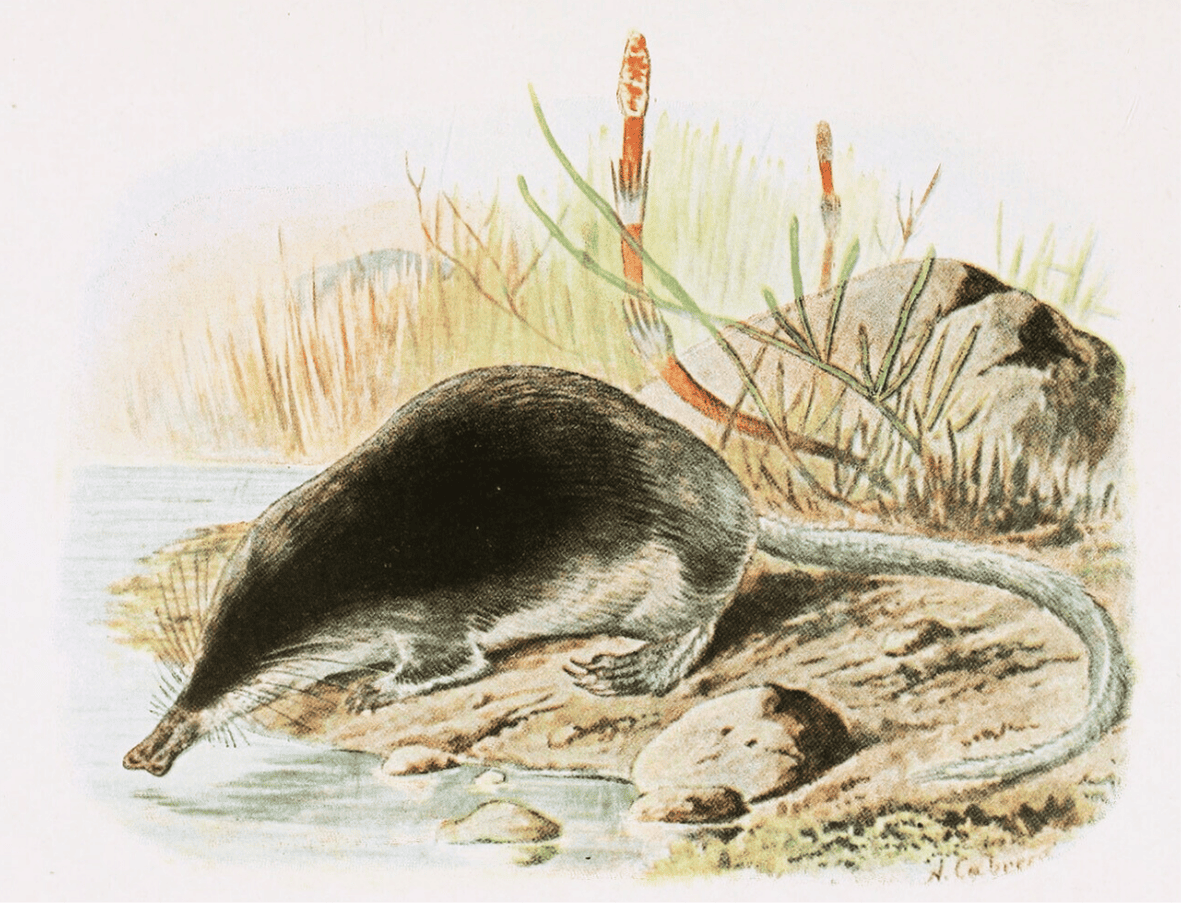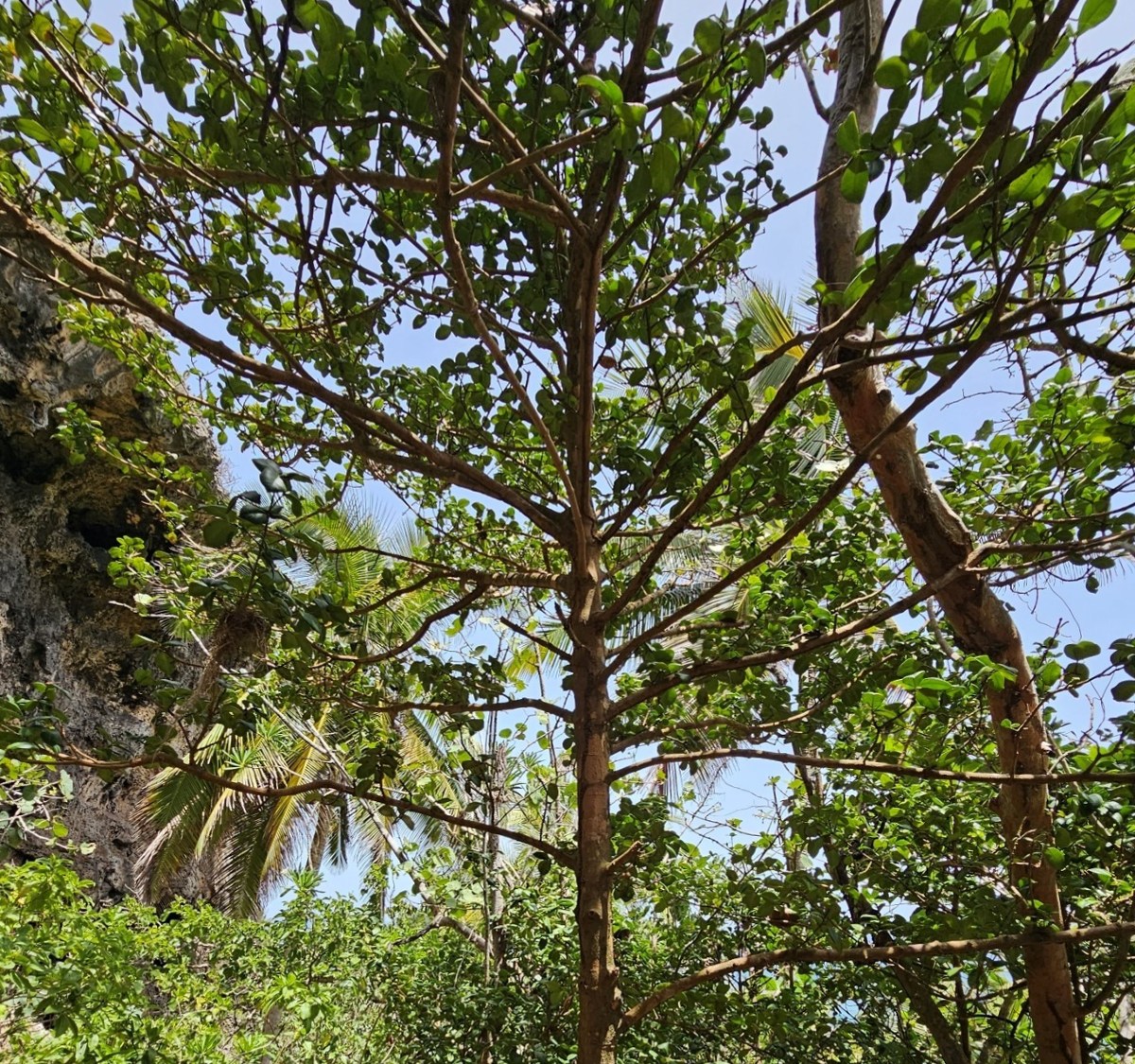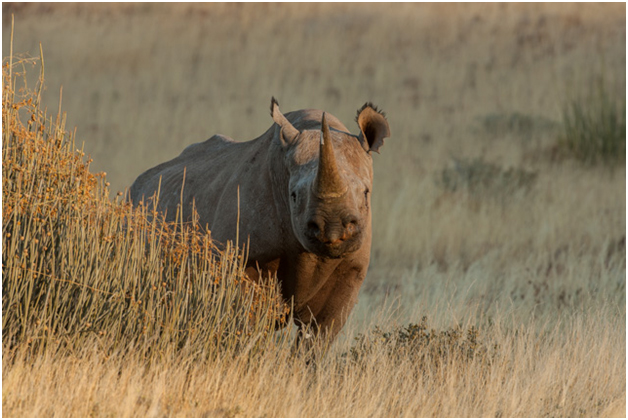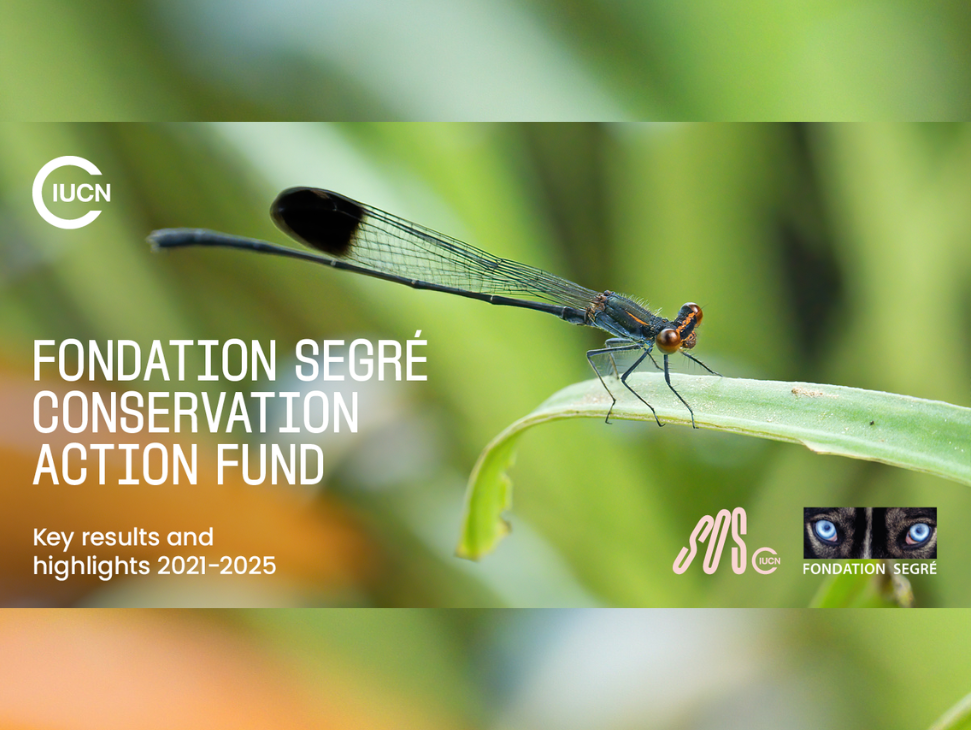This paper, produced in 2023, provides recommendations on implementing Target 15(a), especially the way governments can take legal, administrative, or policy measures to:
1) Encourage and enable businesses to regularly monitor, assess, and transparently disclose their risks, dependencies and impacts on biodiversity; and
2) Require all large, and transnational companies and financial institutions do so, including along their operations, supply and value chains, and portfolios. The paper also contains information, resources and capacity-building opportunities, recommendations for businesses to act now on assessment and disclosure, and case studies of government policies and business action on disclosure. The paper focuses on paragraph 15(a) as the most urgent starting point to ensure business and financial institutions are assessing and disclosing nature-related risks, dependencies, and impacts, and that this information is included in all decision-making by the private sector, finance, and governments.




